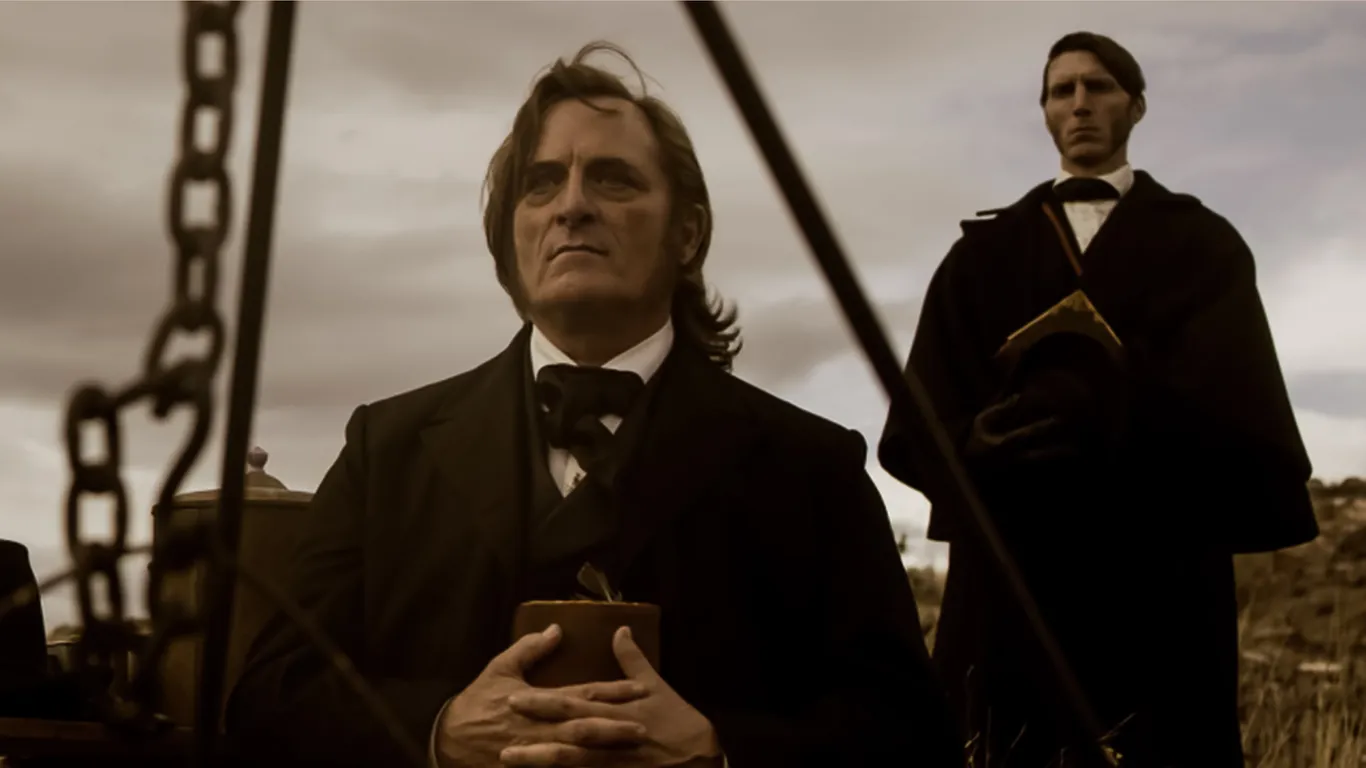Was Brigham Young Evil?

Was Brigham Young Evil?

1: A Polarizing Figure — Brigham Young in Historical Context
Brigham Young (1801–1877) was the second president of the LDS Church and the founder of Salt Lake City, serving both as religious leader and governor of Utah Territory. He led Mormon pioneers westward after Joseph Smith’s death, establishing a theocratic society grounded in deeply held religious beliefs and a firm sense of divine mission
His era was marked by conflict, frontier survival, and controversial doctrines — each of which contributes to the complex question: was he evil, or simply a commander shaped by his turbulent times?
2: Mountain Meadows Massacre—The Stain That Still Weighs Heavily
The 1857 Mountain Meadows Massacre remains one of the darkest events associated with Brigham Young’s leadership. Around 120 emigrants, including women and children, were killed by Mormon militia and Native American allies. Historians agree Young’s rhetoric and position of authority contributed to the tense atmosphere, though his exact level of involvement remains debated
Post-event, he declared that “God had taken vengeance” on the victims — a statement that many regard as a disturbing justification. The consensus is that Young at least “provoked” or failed to prevent the massacre and concealed evidence afterward.
3: Doctrine and Prejudice — Race, Polygamy, and Theology
Race and Priesthood Restrictions
Under Young’s leadership, the church instituted a ban on Black men holding priesthood and participating in temple rituals, rooted in the belief of a divine curse stemming from Cain. Young claimed this policy was divinely ordained, though the church lifted it in 1978 and formally disavowed such teachings, placing the blame square on Young.
Polygamy and the Adam-God Doctrine
Young practiced plural marriage, marrying approximatedly 55 women with 56 children. This deeply controversial institution has been widely criticized—even by contemporaries—as patriarchal and exploitative.
He also advanced the Adam-God doctrine, teaching that Adam was actually God the Father—a doctrinal position later repudiated by the Church.
The Blood Atonement Concept
Another of Young’s more troubling teachings was blood atonement—the idea that some sins (like adultery or apostasy) couldn’t be forgiven unless the sinner shed their own blood. Though he preached it, the church formally repudiated this doctrine by 1889.
4: Actions Toward Native Peoples—Militarism and Displacement
Young’s leadership also included wars and violent displacement of Indigenous peoples. He authorized military campaigns to “subdue” Native tribes perceived as hostile, in line with his vision of expanding Mormon settlement — actions that had devastating consequences for Indigenous communities
A specific example: the Battle Creek Massacre of 1849, where 35 Mormon militiamen—under orders traced back to Young—killed four Timpanogos individuals in retaliation for alleged cattle theft.
5: Perspectives—Was He Evil or Simply Reflective of His Time?
Critical Voices
Some critics, including ex-Mormons online, express outright condemnation. A voice on Reddit bluntly stated:
“He was a cult leader under the guise of a false prophet… Organized and ordered the mountain meadows massacre…”
These criticisms are echoed in historical letters and journalism of the time, such as Horace Greeley’s 1859 report affirming that Mormons—possibly under Young’s influence—shielded murderers of emigrants from justice
Contextual Academic View
Conversely, many historians argue for a nuanced interpretation. While condemning the brutality, they note that Young’s leadership style was shaped by religious zeal, frontier isolation, and existential threat. The show American Primeval dramatizes him as evil, but reality is more complicated
Still, most agree—Young’s extremist rhetoric and unchecked authority created a culture in which violence, racism, and repression flourished
6: Legacy—Weighing Power, Faith, and Ethical Responsibility
Brigham Young’s legacy is deeply ambivalent. On one hand, he is celebrated for leading Mormon pioneers west, founding cities and institutions—including Brigham Young University—and establishing a cohesive religious community
On the other hand, he left a legacy of authoritarian control, institutional racism, doctrinal extremism, and questionable morality—one that modern Mormonism has since actively sought to reform and disavow
Conclusion
So, was Brigham Young evil?
It depends on how you frame that question:
If measured against universal moral standards—respect for human life, racial equality, gender autonomy—some of his actions and doctrines certainly qualify as deeply unethical, and even evil.
If viewed within the grim context of 19th-century frontier survival, religious persecution, and group solidarity—he was a complex, zealous leader shaped by unique pressures.
Ultimately, the answer lies in embracing complexity: Young was neither saint nor monster—but a flawed leader whose decisions left a lasting and controversial imprint on American religious and social history.




